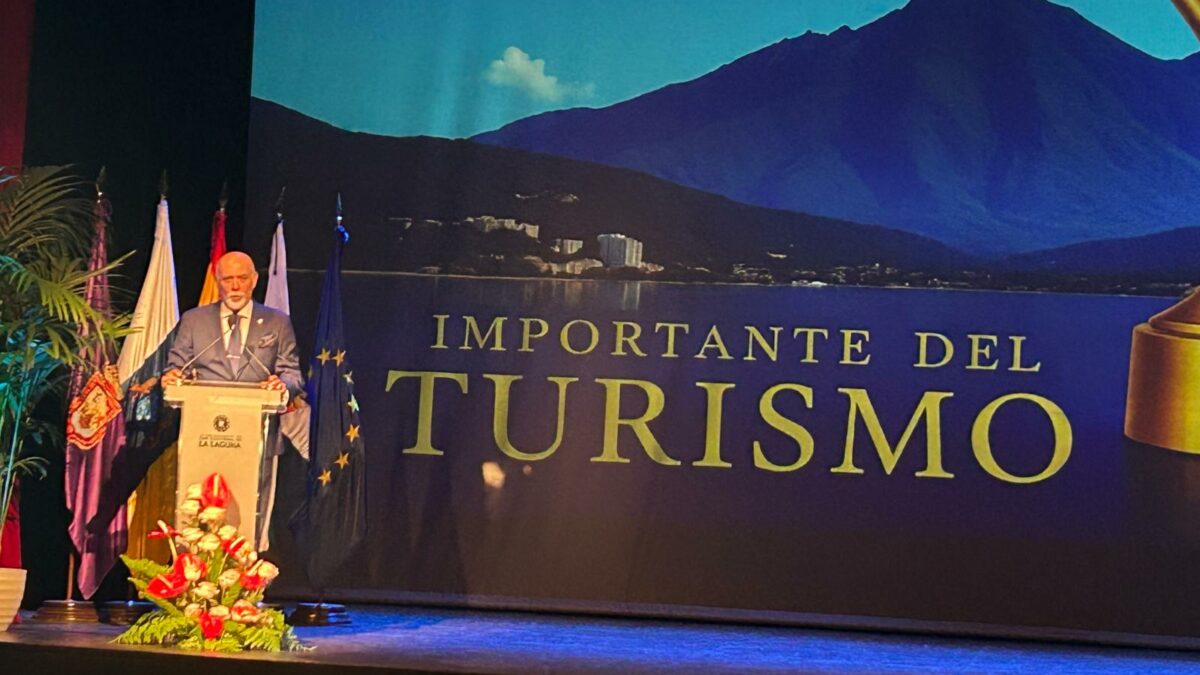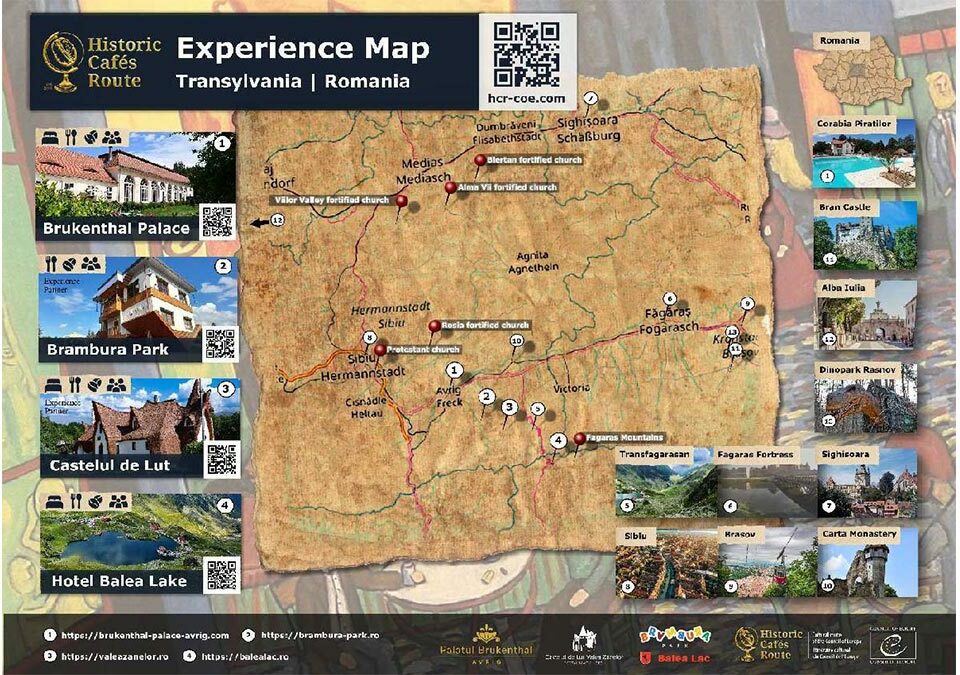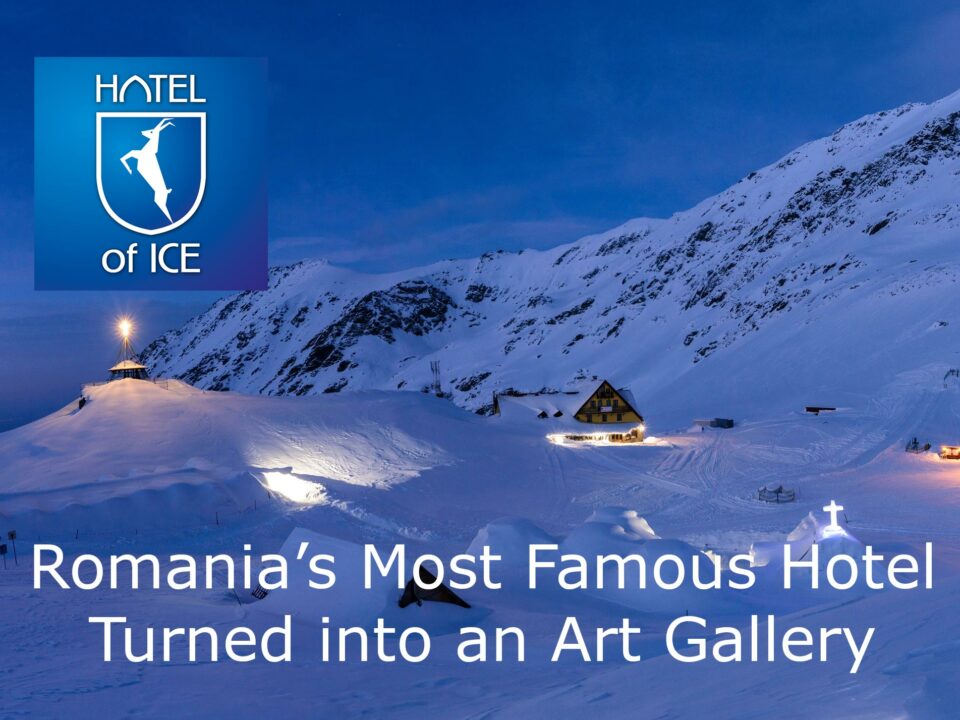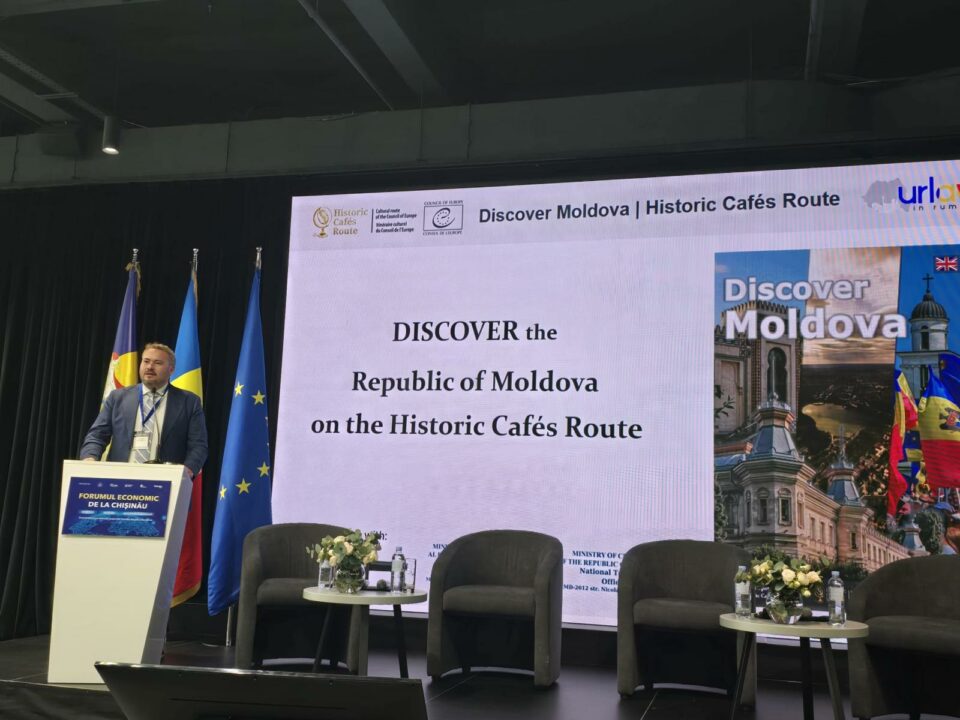Historic Cafes Route develops a new concept to take benefit of the unique cluster of tour operator agencies from all over the world in Tenerife
Several events has been organized with the support of private sponsors with the aim to find the best place in Europe to connect with tour operates to offer the theme of the route, historic cafés and the amazing coffee story, to professionals to design in joint partnerships touristic products that will become a solution for both, keeping historic cafés motivated to stay the route by generating revenue as well as generating additional revenue for the management team of Historic Cafés Route.
After two visits on Tenerife Island we came to conclusion that on the Canary Islands we have a unique and complex representation of tour operators from around the world and the islands itself will make it easily possible to operate cultural travel for 12 months every year because of the smooth climate the Canary Islands offers. Having a huge offer of tour operators within a relative small geographic space will be the most suitable location to develop the marketing and promotion hub for cultural tourism products based in Tenerife.
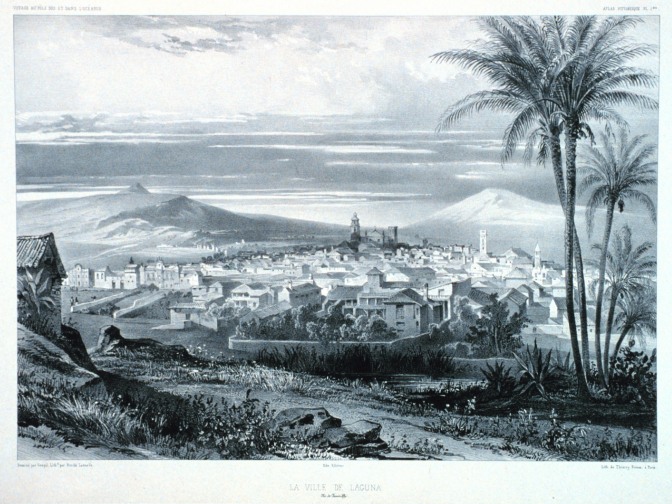
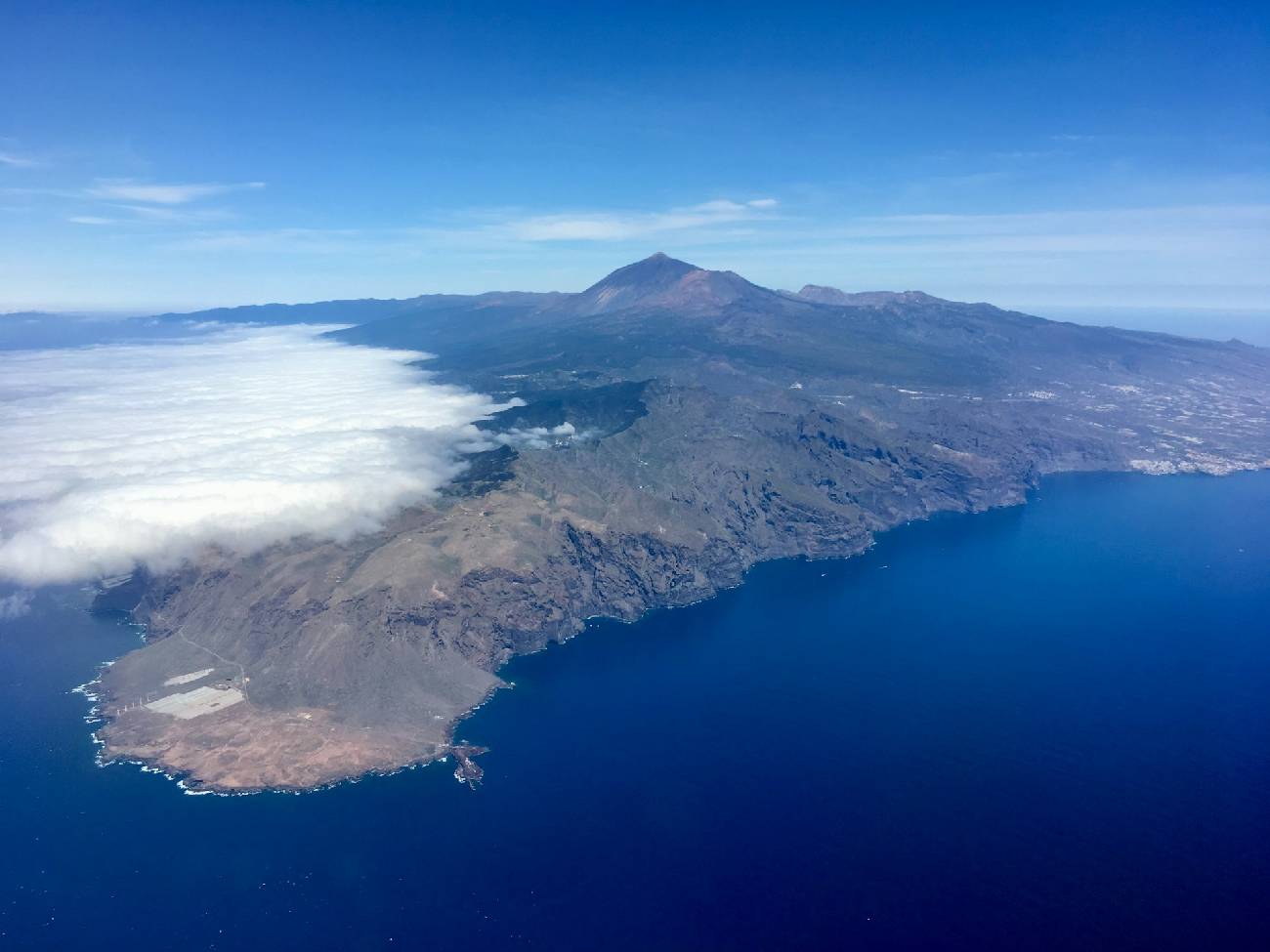
We also have taken into consideration the aspect that coffee is produced in Europe just on Canary Islands, in small amounts on the island of Tenerife, La Palama, El Hierro and Gran Canaria by family run estates, an important aspect that will be included in our cultural touristic product to make our coffee experience more tangible.
The next step was to find the most emblematic location to launch the cultural routes travel program for all European and coffee belt touristic products and experiences from Tenerife to representatives of tour operators from around the world. After appointing Mrs. Deac Gyongyver von Sigmund to represent Historic Cafés Route as Ambassador for Tenerife several locations has been analysed and contacted to find the most suitable location in Tenerife to develop the cultural travel marketing hub.
Mrs. Deac Gyongyver von Sigmund after visiting and discussing with several business owners proposed to focus on – Castelo de la Laguna in Santa Cruze de Tenerife – a meeting with the owner has been organized, followed by several discussions and further meetings with the team of the owner of Castelo de la Laguna Mr. Joze Jorge Rodriguez Galvan, his lawyer and legal representative Mr. Juan Miguel Munguia Torres as well as his business advisor Mr. Abdul Zahir Sheriff.
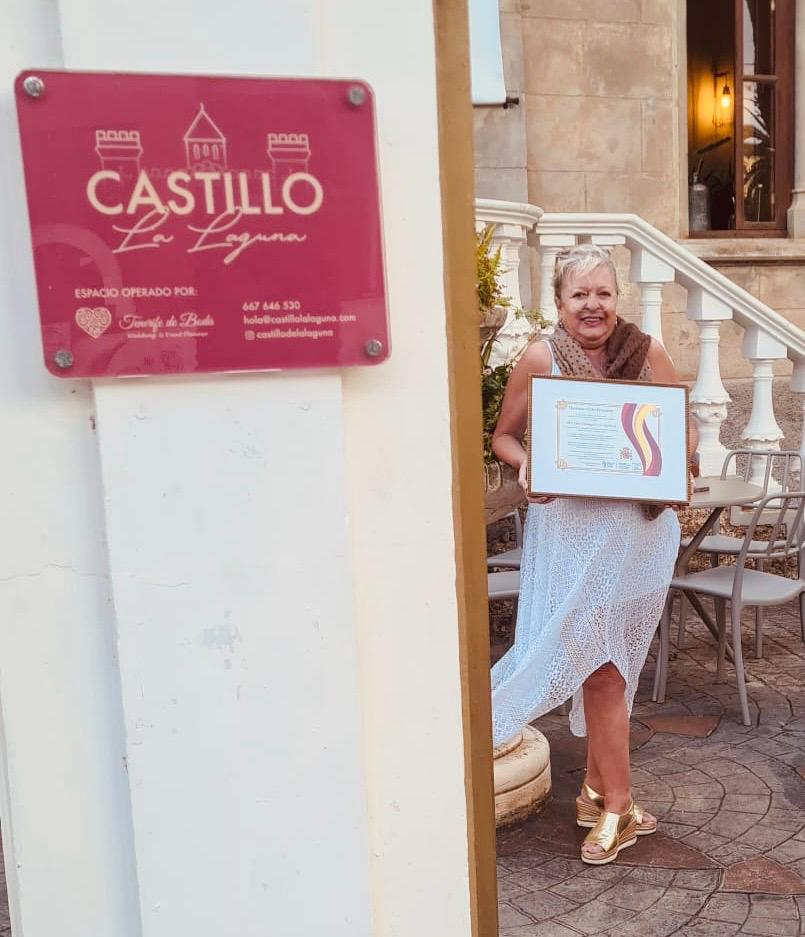
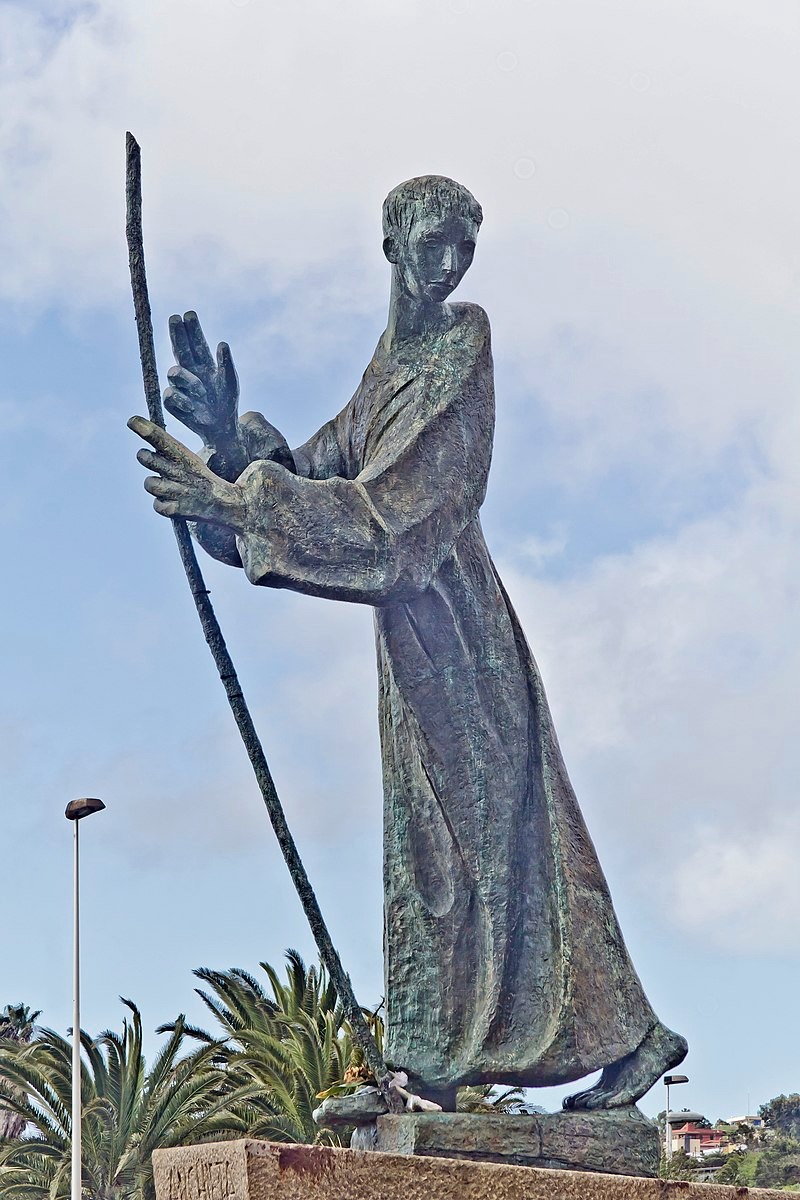
We believe that by developing touristic products, particularly as Historic Cafés Route incorporates within his members the needed infrastructure for designing cultural experiences based on historic cafés and coffee culture as well as connecting our travel offers as much as possible to other Cultural Routes of the Council of Europe a sustainable and strong financial feasibility will become the result.
We also believe that a professional marketing and promotion hub at Castelo de la Laguna in Santa Cruz de Tenerife will support all 49 Cultural Routes of the Council of Europe to meet the most important tour operators from Europe and around the world to launch their touristic products on many markets during special organized promotion events with the support also from program level by the Cultural Routes Secretariat in Luxembourg and the Council of Europe from Strasbourg.
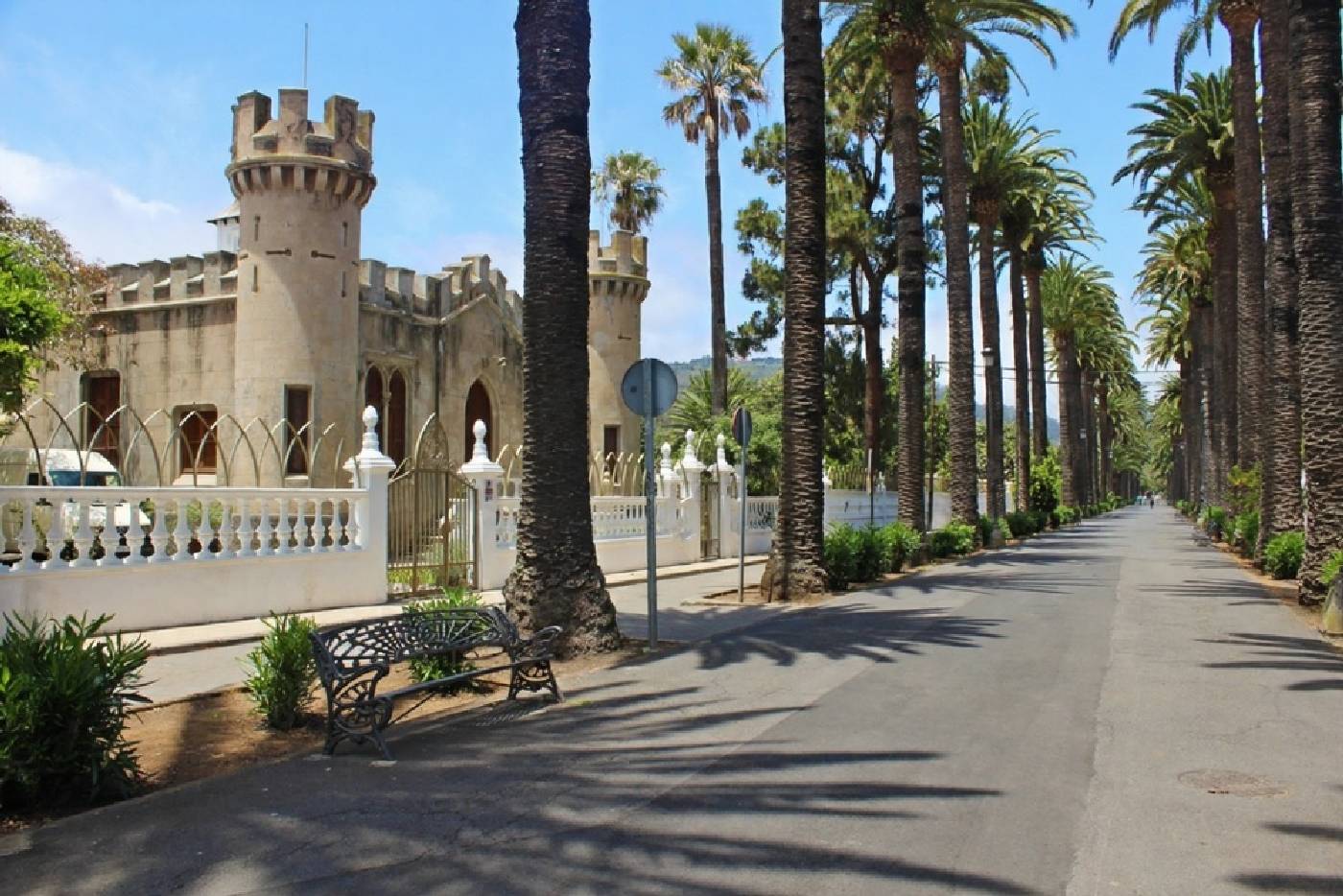
Historical Background
Construction of the castle began in 1575 under the orders of King Philip II of Spain. At the time, the Canary Islands were a strategic point for Spanish trade routes between Europe and the Americas. The need for strong coastal defenses became clear after repeated attacks by pirates and privateers. The Castillo de San Cristóbal was the main defensive structure in Santa Cruz for over three centuries. It was located near the port, making it a key point of defense against enemy ships.
The Battle of Santa Cruz de Tenerife (1797)
One of the most significant events in the castle's history was the Battle of Santa Cruz de Tenerife in 1797, when the British Navy, led by Rear Admiral Horatio Nelson, attempted to seize the island. The Spanish forces, commanded by General Antonio Gutiérrez, successfully repelled the British assault. During the battle, Nelson was seriously wounded and lost his right arm. A cannon from the castle, named El Tigre (The Tiger), is said to have caused the injury.
Decline and Rediscovery
By the 19th century, with advances in military technology, the castle lost its strategic importance. It was eventually demolished in the 1920s to make room for urban development, including the construction of what is now the Plaza de España. However, in 2006, during renovation works in the square, remains of the original castle walls were rediscovered. This led to the creation of the Castillo de San Cristóbal Interpretation Centre, an underground museum where visitors can explore parts of the original fort and learn about the military history of Santa Cruz.
Legacy
Today, the Castillo de San Cristóbal symbolizes the historical resistance and resilience of the people of Tenerife. It remains an important cultural site, historic café and event venue reminding locals and tourists alike of the island’s rich military and colonial past.
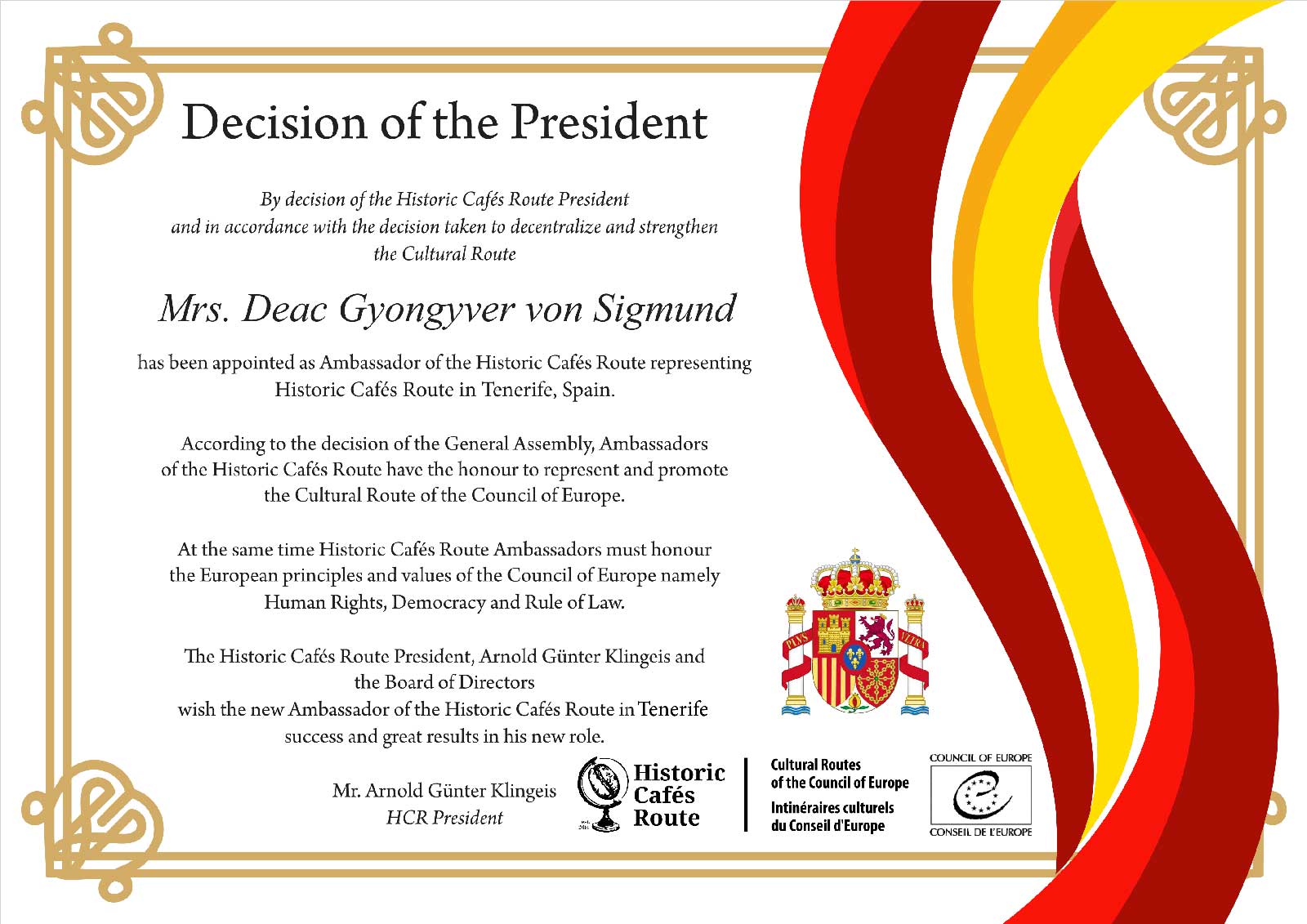
By decision of the Historic Cafés Route President, Mr. Arnold Günter Klingeis and in accordance with the decision taken to decentralize and strengthen the Cultural Route
Mrs. Deac Gyongyver von Sigmund has been appointed as Ambassador of the Historic Cafés Route representing Historic Cafés Route in Tenerife, Spain.
According to the decision of the General Assembly, Ambassadors of the Historic Cafés Route have the honour to represent and promote the Cultural Route of the Council of Europe.
At the same time Historic Cafés Route Ambassadors must honour the European principles and values of the Council of Europe namely Human Rights, Democracy and Rule of Law.
The Historic Cafés Route President, Arnold Günter Klingeis and the Board of Directors wish the new Ambassador of the Historic Cafés Route in Tenerife success and great results in his new role.


